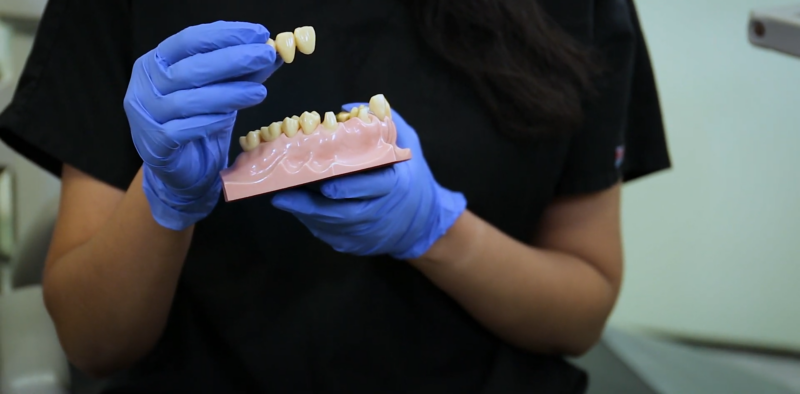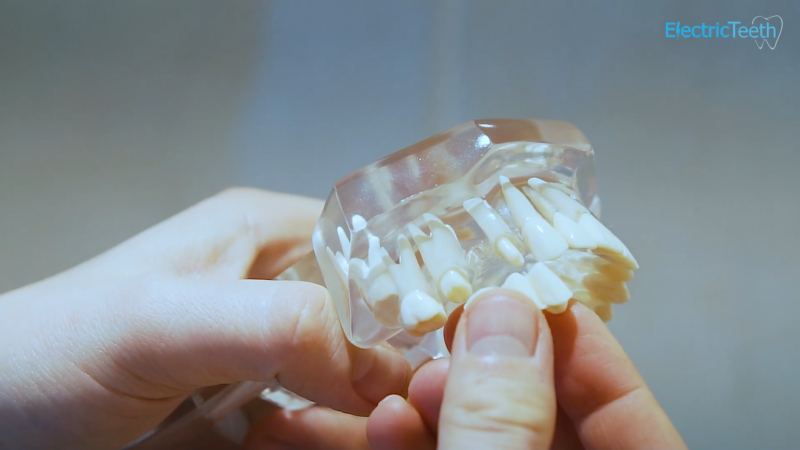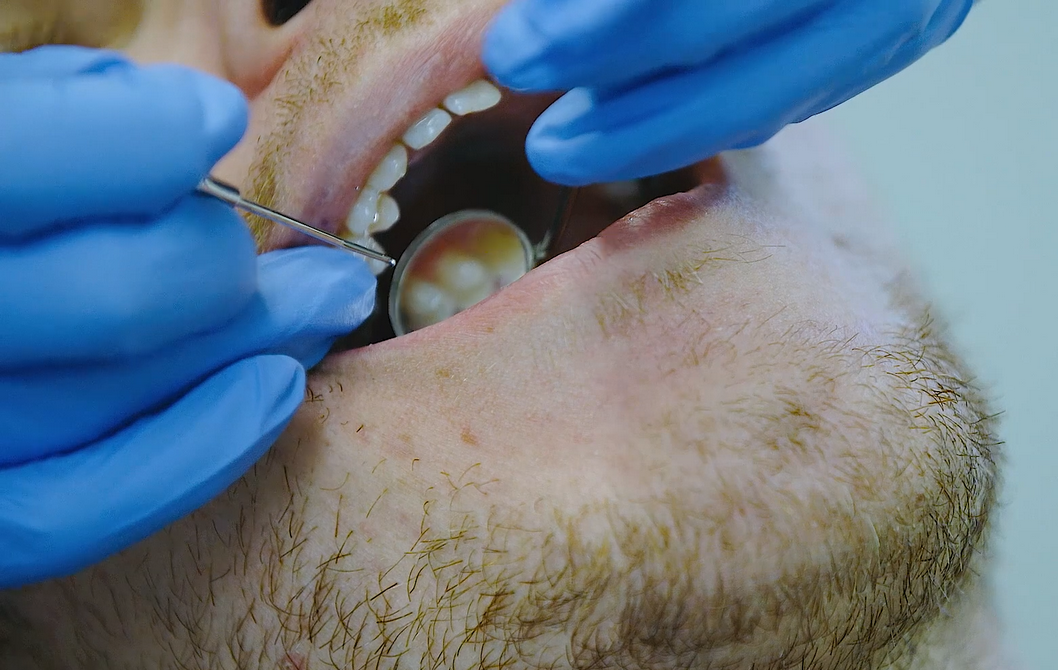Deciding between a dental bridge and a partial denture for replacing missing teeth involves considering several factors. Both options offer solutions to restore your smile and improve oral functionality, but they differ in aspects such as cost, comfort, and maintenance. This article will provide a detailed comparison of Bridges vs. Partial Dentures to help you choose the best option for your needs.
What is a Dental Bridge?
With modern tools, many teeth problems become easy to resolve. A dental bridge is a permanent prosthetic device that fills the gap left by one or more missing teeth. It is anchored to adjacent healthy teeth or implants and consists of at least three crowns: two for the abutment teeth and one or more points to replace the missing tooth/teeth. Dental bridges are usually made from porcelain fused with metal, ceramic, or zirconia.
The fixed bridge will feel as natural and comfortable as your natural teeth. The lifespan of a dental bridge is five to 15 years. Some can last even longer with proper care and maintenance. You may hear dentists call these “permanent bridges.” They’re permanent in the sense that only a dentist can remove them.
Traditional bridges require putting crowns over perfectly healthy teeth. The healthy teeth on either side of the bridge will have to be shaved down and capped, which results in losing some healthy tooth enamel. This increases the risk of permanent damage to already healthy teeth.
What is a Partial Denture?
A partial denture, which is irreplaceable in modern dentistry, is a removable appliance designed to replace multiple missing teeth. It consists of a metal or acrylic framework that supports artificial teeth. It also may be all plastic. The base is often made from acrylic resin, matching the gum color, and the appliance is secured in place using metal clasps or precision attachments.
Earlier, depending on where they are, some of these clips may show when you smile or open your mouth. Today, partial dentures are made from advanced materials that make them lighter and more affordable than ever before. Partial dentures look like natural teeth, so no one will even know you’re wearing them. They are an effective way to replace missing teeth and restore your smile.
The three main types of partial dentures
The three main types of partial dentures are:
- Cast Metal Partial Dentures: These are the most common type, known for their durability and precision fit. They use a metal framework to support the replacement teeth and are secured with metal clasps.
- Acrylic Partial Dentures: Often considered a temporary solution, these are less expensive but also less durable. They are made with acrylic and typically have less effective clasps.
- Flexible Partial Dentures: Made from a flexible material, these dentures offer comfort and a more natural appearance with gum-colored clasps. They are often chosen as a more comfortable alternative to acrylic partials.
What is the difference between a partial plate and a denture
Full dentures can be removed and put back in place by the wearer. Partial dentures are used when some natural teeth remain. They fit around the existing teeth and are held in place by metal clasps or precision attachments. Partial dentures can also be removed by the wearer for cleaning.
Comparison Overview
| Aspect | Dental Bridge | Partial Denture |
|---|---|---|
| Cost | $1,500 – $5,000 | $650 – $2,500 |
| Longevity | 5 – 15 years | 5 – 8 years |
| Comfort | More natural feel fixed | It may feel bulky, but it is removable |
| Maintenance | Brush and floss like natural teeth | Must be removed for cleaning |
| Aesthetic | Highly natural appearance | Metal clasps may be visible |
| Procedure | It involves reshaping abutment teeth, multiple visits | Fewer invasive procedures, fewer visits |
| Pain & Complications | Possible sensitivity in abutment teeth | Initial discomfort, sore spots |
Key Considerations

- Cost: Dental bridges typically have a higher upfront cost compared to partial dentures, but they may be more cost-effective in the long run due to their durability.
- Functionality: Bridges offer a fixed solution, providing stability and comfort similar to natural teeth. Partial dentures are removable, which can make them less stable but easier to clean.
- Aesthetics: Bridges are typically more aesthetically pleasing, as they blend seamlessly with natural teeth. Partial dentures may have visible metal clasps, which can affect appearance.
- Maintenance: Bridges require regular brushing and flossing, similar to natural teeth. Partial dentures need to be removed nightly for cleaning and should be soaked in a denture solution.
- Procedure: Getting a dental bridge involves preparing the abutment teeth, which can be invasive. Partial dentures usually require less invasive preparation and can be made relatively quickly.
Pain and Complications
-
- Dental Bridges: May cause sensitivity in abutment teeth. There’s a risk of decay if proper oral hygiene isn’t maintained.
- Partial Dentures: Can cause initial discomfort and sore spots. They may also require adjustments over time as the shape of the mouth changes.
Conclusion
After weighing all of the factors, a partial denture is best for me. While a bridge would feel more natural, the procedure makes me too anxious given my dental experiences. Saving money upfront allows me to focus on oral health without long-term financial stress. Minimizing appointments and pain is a priority.
Though metal clasps may show, removable dentures ensure easy cleaning to care for surrounding teeth. More frequent checkups will keep my partial fitting well. Overall comfort, lower costs, and reduced stress provide peace of mind as I restore my smile. A partial lets me do that seamlessly within my means.

